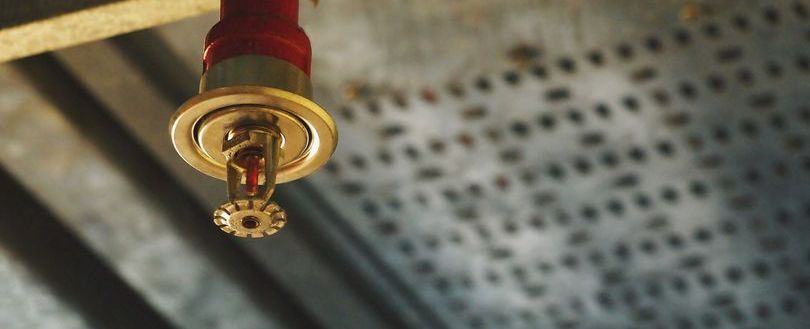
Copper piping: The strategy for building piping that is fire-resistant and environmentally friendly
Like it? Share it!
21 June 2023
Following the Grenfell disaster in 2017, the English government implemented new fire safety regulations in January. The focus of many of these regulations is on building structures and cladding.
Have they thought about the network of covert plastics, such as piping, that could have disastrous effects on the built environment?
Plastics and synthetic materials have unfortunately become all too prevalent in construction projects, despite the fact that there are safe and sustainable alternatives. This is due to their relatively low cost and wide availability.
The natural material copper is one choice that is both sustainable and fire-safe.
What are the risks posed by synthetic materials?
While many of us are aware of the risks posed by synthetic materials and their potential for fire, few of us are aware of the stark contrast in fire safety between synthetic and natural furnishings.
By conducting an experiment that involved setting a room full of synthetic furnishings on fire and then comparing the results with a similar room, except that all the materials were of natural origin, a recent study has revealed the truth about the dangers of synthetics.
According to the study, the synthetic room caught fire in just five minutes. The fact that the natural room wasn't completely consumed after 29 minutes is evidence of the dangers of synthetic materials in fires.
Dangers of having unsuitable piping and materials
Building fires pose a number of risks, including the rapid spread of flammable materials.
Burning plastic and synthetic materials can release toxic fumes that are extremely dangerous to human health.
A notable example is one of the many horrifying repercussions of the Grenfell Fire disaster: at least a dozen firefighters involved in tackling the blaze have now been diagnosed with terminal cancer.
Most of the conditions are believed to be incurable digestive cancers and leukaemias, which are linked to high levels of exposure to carcinogens.
The safety offered by copper
It is essential to select the most fire-safe material possible to prevent harm to people and damage to the built environment, particularly in fire sprinkler systems, which are installed in intricate networks throughout apartment buildings and offices.
Laws dictate that every area of high-rise buildings over the height of 11 metres be extinguished to ensure fires can be extinguished. With an extremely high melting point of 1,085 degrees Celsius, copper piping will remain safe in structural fires, which average temperatures of up to 816 degrees, whereas PVC, one of the most commonly used plastics in construction, has a combustion point of 421 degrees Celsius, rendering it much less safe than copper.
In addition to being fire-safe, copper piping is durable and flexible, meaning it can be manipulated to fit the required complex network without losing any of its strength or qualities. To ensure strength, copper pipes are joined together with extremely strong bonds through brazing or soldering, making them unlikely to break.
As well as being used in sprinkler systems, copper is used in a plethora of different ways to fight fires. For example, in powder form, copper can be used in fire extinguishers against fires involving flammable metals.
View the SOURCE here.
Our eNews provides regular insight into industry trends, news headlines, and product and service information. For news articles parallel to those mentioned above, sign up for our eNews. Click here to sign up: Subscribe to our enews (fia.uk.com)
Related training
Related news
-
Guidance on IP Connectivity and Remote Services
19 January 2026
-
New FIA Guidance on BS 5839-1 Fire Alarm Categories
23 December 2025
